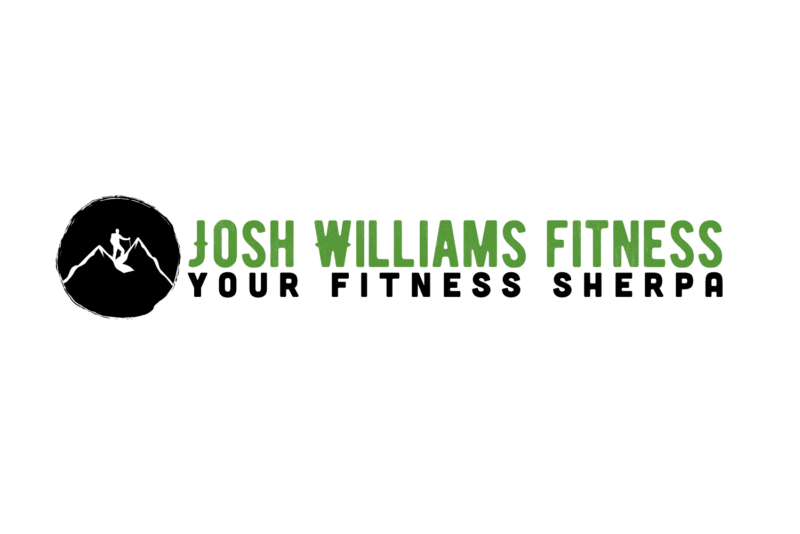
This post originally was post at Spurlingfitness.com
Steady-State Cardio is also known as aerobic exercise and generally called “cardio.”
I am sure you have had a friend say something like this to you, “I really need to work on my cardio.” And let’s be honest with ourselves that friend in this story is really us.
We all have been told cardio is good for our health. But why don’t we do it? I believe one reason is when the word cardio comes to mind, we think of running or ellipticals or, worst yet, treadmills. For many of us, the repetitive pounding of running and treadmills and the mind-numbing monotony of ellipticals don’t inspire motivation.
But here is the thing cardio, and more precisely Steady State Cardio, doesn’t have to be like this. I will outline below two ways to make cardio less of a should do and more of a looking forward to doing.
Before we get there, I would like to tell you a few of the benefits of doing Steady State Cardio in the first place.
Benefits:
- Increase Endurance: Being able to go upstairs or walk about without getting out of breath as quickly.
- Increase Work Capacity: Increasing endurance will allow you to do more physical work or work in the gym.
- Increase Recovery: Cardio drives blood to the muscle, which can help in recovery.
- Energy Control: When doing work, you will be able to control and manage your heart rate. This will allow you to work more comfortably and longer.
Steady State Cardio
First off, what is Steady State Cardio?
Steady State Cardio is maintaining the same heart rate for some time greater than 2 minutes. We often think of cardio as working for long periods of time but slowly, and that is cardio, but it can also be working at moderate to high speeds for long periods of time as well.
Keep in mind 2 minutes is the minimal amount of time, but you should be able to do a fast walk or slow jog for 15 minutes as a baseline for health reasons.
Cardio doesn’t have to be running or biking. It just has to be a movement that keeps your heart rate at about the same level for greater than two minutes to be sufficient for cardiovascular purposes.
Example:
Running for 15 minutes at 70% of your heart rate max.
VS.
Kettlebell Swing 10x, Push-Ups 10x, Jumping Jacks 10x for 15 minutes at 70% of heart rate max.
These two examples of Cardio are the same thing. The body is working at 70% heart rate max for 15 minutes. You will get the same effect but with very different exercise methods.
With this example in mind, here are three ways to get Steady State Cardio in without having to do the same thing for 15 plus minutes.
Low-Intensity Circuits
Low-Intensity Circuits give you the benefits of going for a 15-minute jog or run but with the variety we want. They are great for building up our endurance and teaching you to regulate your heart rate when paired with a heart rate monitor.
This is like the example from above: Kettlebell Swing 10x, Push-Ups 10x, Jumping Jacks 10x for 15 minutes at 70% of heart rate max.
The goal would be to do a warm-up that would get your heart rate at about 60% of heart rate max and then start in with the circuits. First, doing the swings to get the heart rate at about 70% heart rate max. Next, moving to the the push-ups for 10 reps and then finally the jumping jacks for 10.
Low-Intensity Circuits can become a game by keeping your heart rate above 70% but not working so hard you shoot up into the 80%. Try not to stop moving but slow the rate of exercises and/or focus on slow calming breaths to bring your heart rate down if needed.
Low to Moderate Intervals
An interval’s goal is to work at high rates of effort for a short period of time, less than two minutes, and then recover by walking or resting and repeat.
To make an interval more useful for developing your steady-state cardio, all you need to do is decrease the high-intensity effort duration and pair it with a low-intensity active recovery.
Let’s first define a few terms:
High Intensity/Effort: Working at greater than 80% of heart rate max.
Low Intensity/Effort: Working at below 70% of heart rate max.
Active Recovery: Recovering from a bout of high-intensity exercise by continuing to move at a lower intensity until you are sufficiently recovered to do another bout of effort at the same level of intensity as before.
Example of Low to Moderate Intervals:
- Bike until you are at 85% heart rate max; hold the pace for 10 seconds.
- Active Recovery: Jog in place or keep moving (walking) until heart rate drops to below 70%
- Repeat for 15 minutes
This is a great way to increase your speed and teach you how to recover while still moving while building your cardiovascular base.
Your Fitness Sherpa,









